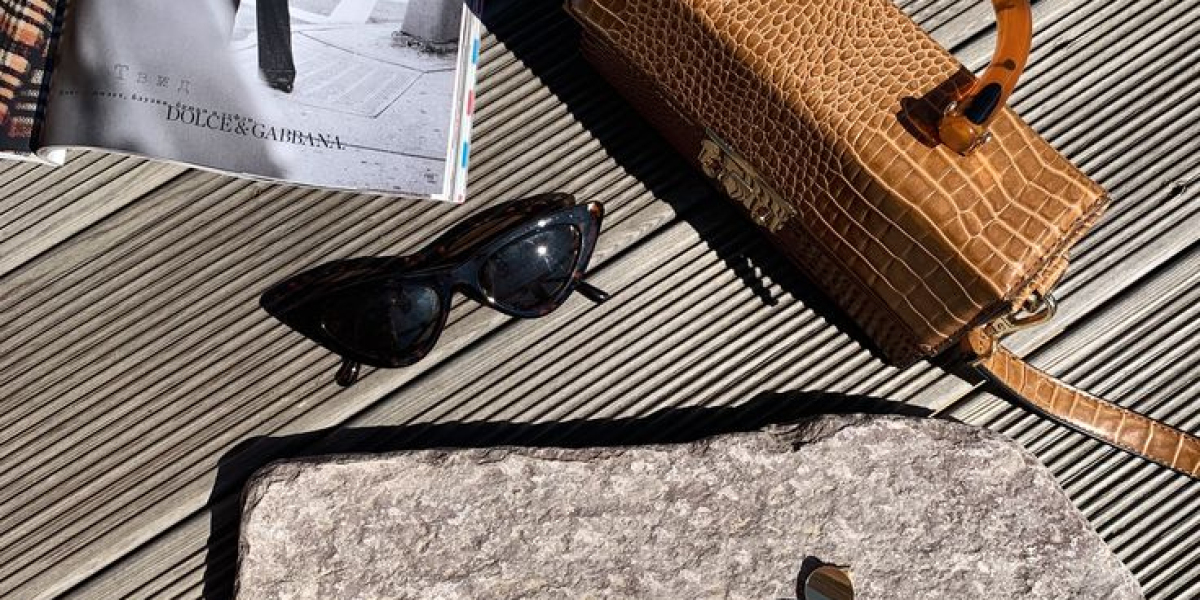Fashion has always been a reflection of society’s aspirations and personal identity. For many, wearing high-end fashion brands signifies status, elegance, and exclusivity. However, not everyone can afford the steep prices of designer goods. This has led to the rise of an alternative market that bridges the gap between desire and affordability — designer dupes.
What Are Designer Dupes?
Designer dupes are products made to resemble high-end designer items but are sold at a fraction of the cost. Unlike counterfeit goods, dupes do not carry fake brand logos or trademarks. They imitate the style, design, or appearance of the original, but are produced by different brands. For example, a handbag with a similar shape and aesthetic to a luxury Louis Vuitton purse but sold under a generic or lesser-known label would be considered a dupe, not a fake.
These items have become immensely popular, especially with the rise of fashion influencers and social media platforms like TikTok, Instagram, and YouTube. Fashion bloggers often showcase how designer dupes can give you a luxurious look without breaking the bank.
Why Are Designer Dupes So Popular?
There are several reasons for the growing popularity of designer dupes:
Affordability: Luxury fashion items often cost hundreds or thousands of dollars. Dupes provide a budget-friendly alternative for consumers who admire the look but cannot afford the price tag.
Accessibility: Many high-end brands limit availability through exclusive launches, limited editions, or store-only purchases. Dupes, on the other hand, are readily available online and in local markets.
Trendy Appeal: Fashion trends change rapidly. Buying a high-end designer item for a fleeting trend might not make financial sense. Dupes allow people to stay on-trend without making a significant investment.
Social Media Influence: Influencers often compare luxury items to their designer dupes, emphasizing how similar they are in appearance. This content appeals to fashion-conscious audiences looking for smart shopping choices.
Dupes vs. Fakes: Understanding the Difference
It's important to differentiate designer dupes from counterfeit goods. Dupes are inspired by original designs but are not direct copies, and they do not try to pass themselves off as authentic. They typically do not bear the designer’s name or logo. In contrast, counterfeit products are illegal and unethical; they imitate the brand identity and attempt to deceive consumers into thinking they are buying the real product.
While designer dupes operate in a legal gray area, they do not usually violate copyright or trademark laws unless the imitation crosses into replication. Many fast-fashion brands produce dupes inspired by runway looks, and these items are often legally sold.
The Ethical Debate: Is Buying Dupes Right or Wrong?
Despite their legality, the ethical aspect of designer dupes is hotly debated in the fashion community.
Arguments in Favor of Dupes:
Democratization of Fashion: Dupes make fashion more inclusive, allowing people from various socioeconomic backgrounds to access styles that were previously reserved for the wealthy.
No Harm in Inspiration: Many argue that all fashion is inspired by something else. Designers themselves often draw from previous collections, other cultures, or historical trends.
Sustainability Considerations: If a dupe is produced ethically and sustainably, it might even be a better option than some luxury items manufactured in poor working conditions.
Arguments Against Dupes:
Intellectual Property Concerns: Designers invest time and creativity into their collections. Dupes can be seen as unfair to original creators, especially when their designs are copied and sold by large retailers.
Devaluing the Brand: The prevalence of designer dupes can dilute the brand image and exclusivity of luxury products.
Fast Fashion Contribution: Many dupes come from fast fashion companies that may exploit labor, use unsustainable materials, and contribute to pollution.
Where to Find Popular Designer Dupes
Designer dupes can be found in a variety of places. Online platforms like Amazon, Shein, AliExpress, and even independent Instagram boutiques often offer dupes of popular handbags, shoes, accessories, and clothing.
There are also websites and blogs dedicated to listing the best designer dupes, comparing them with the original products in terms of quality, look, and price. YouTube is another popular platform where influencers review and try on designer dupes, giving viewers an idea of what to expect before purchasing.
However, it’s crucial to do your research before buying. Check customer reviews, materials used, and return policies to ensure you're not accidentally purchasing a counterfeit item.
How to Spot a Quality Dupe
Not all designer dupes are created equal. Some may look cheap or fall apart quickly, while others may be well-crafted and durable. Here’s how to identify a high-quality dupe:
Material: Look for products made from quality fabrics or faux leather that closely resembles the original.
Craftsmanship: Examine the stitching, zippers, and overall construction.
Reputation: Buy from sellers or brands known for producing quality alternatives.
Price Point: While you’re saving money, a dupe that’s too cheap might reflect its poor quality. Find a reasonable middle ground.
Can You Be Stylish Without Designer Brands?
Absolutely. Style is not determined by labels but by how you put together your outfit and carry yourself. Many fashion icons mix high-end items with affordable pieces, and the same approach applies when using designer dupes. With thoughtful styling, confidence, and a sense of individuality, anyone can look fashionable without spending a fortune.
Moreover, personal style should express your unique identity. Instead of chasing logos or trends, focus on what flatters your body, aligns with your values, and makes you feel good.
Alternatives to Buying Dupes
If you’re concerned about the ethical implications of designer dupes, here are some alternatives:
Second-Hand Shopping: Sites like The RealReal, Poshmark, and Vestiaire Collective offer authentic designer goods at reduced prices.
Renting Fashion: Services like Rent the Runway allow you to rent designer clothing and accessories for a limited time.
Investing in Timeless Pieces: Save up for a genuine item that you’ll use for years. Quality over quantity can often be more satisfying in the long run.
Support Independent Designers: Many talented designers create original, stylish products that are high in quality and more affordable than big-name brands.
Final Thoughts
The world of designer dupes is complex. On one hand, they provide access, affordability, and a way to enjoy luxury-inspired fashion without the associated costs. On the other hand, they raise questions about originality, ethics, and sustainability.
Whether or not you choose to buy designer dupes is a personal decision. Like many aspects of fashion, it boils down to values, priorities, and intentions. As consumers, the most important thing is to be informed, responsible, and respectful of the creative process. Fashion should be fun, expressive, and empowering — and that can be achieved with or without a designer label.

















